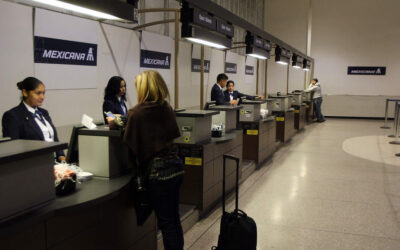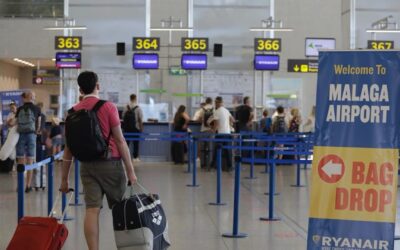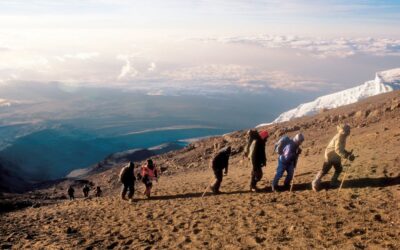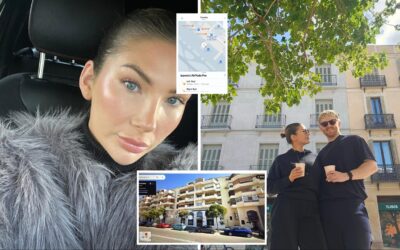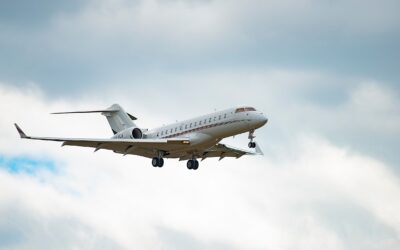Hermitage del Rocío, Almonte, Huelva
The Hermitage of El Rocío in the Huelva province is one of the most important Marian shrines in Spain, home of the ancestral Romería of El Rocío pilgrimage that brings together thousands of devotees each year Its origins date back to the 13th century when, according to legend, a small image of the Virgin was discovered in an oak tree in the area. The original hermitage was expanded over the centuries into the current structure.
History and Origins
The hermitage originated with the miraculous finding of a small sculpture of the Virgin and Child carved into an olive branch. Legend recounts this happened in the 13th century when a hunter invoked the Virgin Mary before shooting a deer with his crossbow. Upon approaching the wounded animal, he found the image among the oak where it had taken refuge [[2](https://www.andalucia.org/es/el-rocio-turismo-cultural-santuario-nuestra-senora-del-rocio)].
Construction and Architecture
Architectural Style
The primitive El Rocío hermitage was likely a simple rural building. Over time it was expanded in the Andalusian Baroque style, with thick whitewashed walls and Arabic tile roofs over wooden roof trusses
Historical Evolution
The original 13th century hermitage was replaced by a Gothic temple in the 15th century. The bell tower was added in the 16th century, and successive Baroque style expansions took place in the 17th and 18th centuries, including the sacristy, camarín chapel, and annexed facilities
Religious and Cultural Significance
Annual Pilgrimage
The Romería of El Rocío, a massive pilgrimage gathering thousands from across Spain, takes place annually for Pentecost. It begins the Saturday before Pentecost Monday when brotherhoods start their journey to the hermitage village
Celebration of the Romería
The 9-day celebration features religious events, processions, and popular fervor. Its climax is the Pentecost mass at the hermitage, after which the Virgin of El Rocío statue is paraded through the village streets accompanied by candles and prayers
Description of the Sanctuary
The Virgin’s Camarín Chapel
Behind the main altar is the camarín, the chapel housing the Virgin of El Rocío statue on a silver altar. It is decorated with votive offerings, paintings, and oil lamps creating an atmosphere of seclusion.
The Virgin Statue
This is a small 30cm sculpture of the Virgin and Child carved out of polychrome olive wood. It was restored in 2018 and wears embroidered dresses and jewels gifted by devotees.
Votive Offerings
The camarín walls exhibit votive offerings, mainly Virgin dresses donated over the centuries. There is also a collection of jewels, draperies, and goldsmith pieces given in gratitude for favors and miracles.
The Main Altar
Presiding over the central nave is the Baroque-style main altarpiece made in the 18th century by Duque Cornejo with Solomonic columns and sculptures. Its central niche houses the tabernacle containing the image during the year.
Adjacent Facilities
Lodging House and Museum
The hermitage has a lodging house to accommodate pilgrims year-round. It also houses the Romería Museum, exhibiting carts, objects, clothing, paintings and items related to the tradition.
Preservation of the Monumental Complex
Protective Measures
The hermitage is protected as a Site of Cultural Interest. Its surroundings, El Rocío village, were declared a Historic-Artistic Site in 2012 [[7](https://en.wikipedia.org/wiki/Hermitage_of_El_Roc%C3%ADo)].
Restoration Work
Due to the damp sandy terrain, the building has undergone successive restorations. Recent interventions have reinforced foundations and structures to guarantee the conservation of this iconic Marian shrine.
The Hermitage of El Rocío is a one-of-a-kind spiritual and cultural center where tradition, popular fervor, and extraordinary natural beauty come together each year in the marshes of the Guadalquivir. Its pilgrimage is one of the greatest expressions of popular religiosity in Spain and an essential part of Andalusian cultural heritage.
FAQs
- When does the Romería of El Rocío take place? The Romería of El Rocío occurs annually for Pentecost, starting the Saturday before and lasting 9 days with the central mass on Pentecost Monday.
- What does the Virgin of El Rocío statue look like? It is a small 30cm carving in olive wood depicting the Virgin Mary with the Child Jesus, richly dressed in embroidered robes and jewels gifted by devotees.
- How many people attend the pilgrimage? Over 1 million people come from across Andalusia and even other Spanish regions. It is one of the largest religious gatherings in Spain.
- How did pilgrims travel in the past? Traditionally pilgrims made the journey on foot, by oxcart, or on horseback. Nowadays they also arrive by car, bus, and other motor vehicles.
- Where is the statue housed during the year? It remains in its camarín chapel behind the main altar of the hermitage year-round, only taken out in procession during the pilgrimage days.
🌐 Sources




